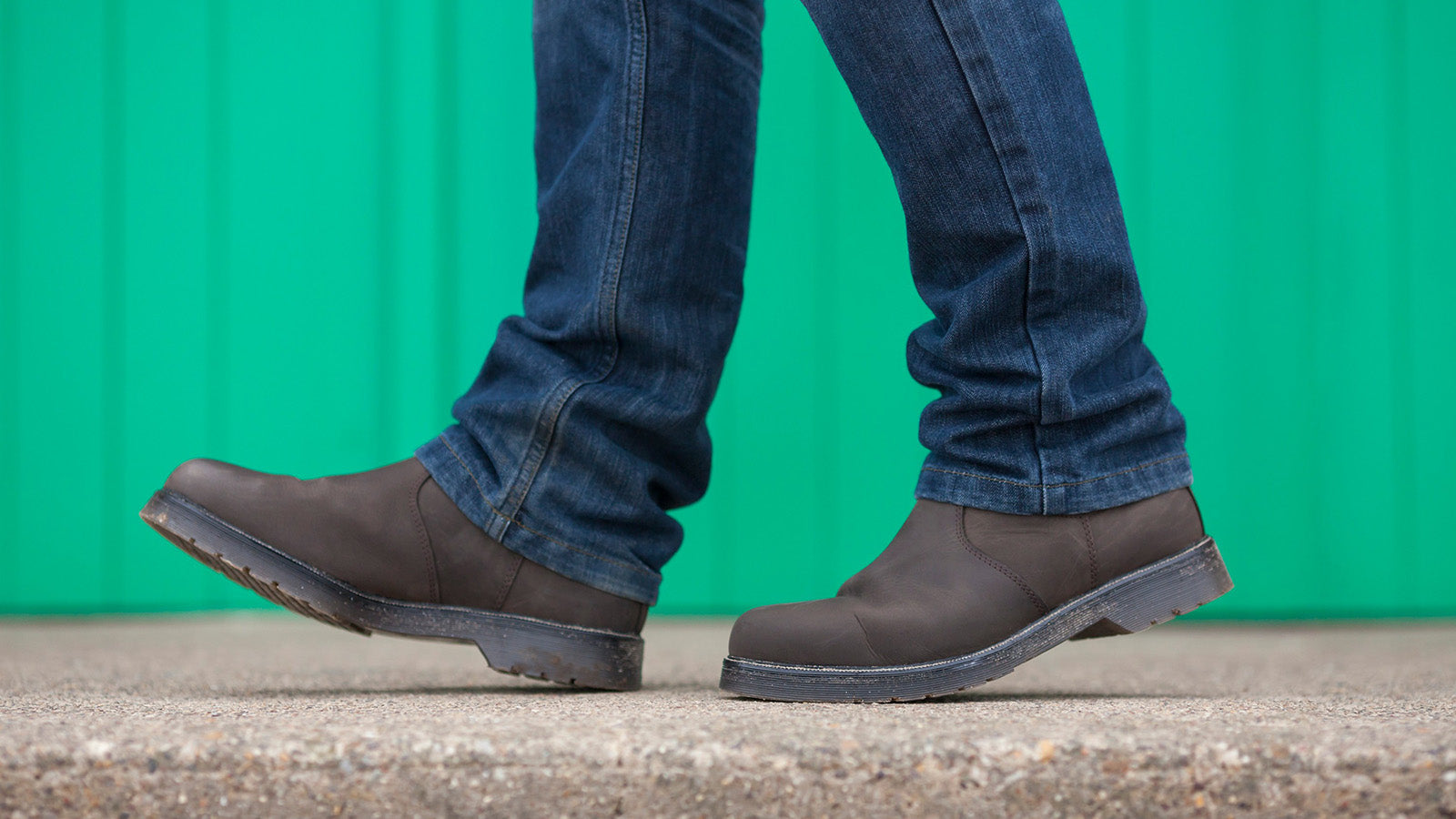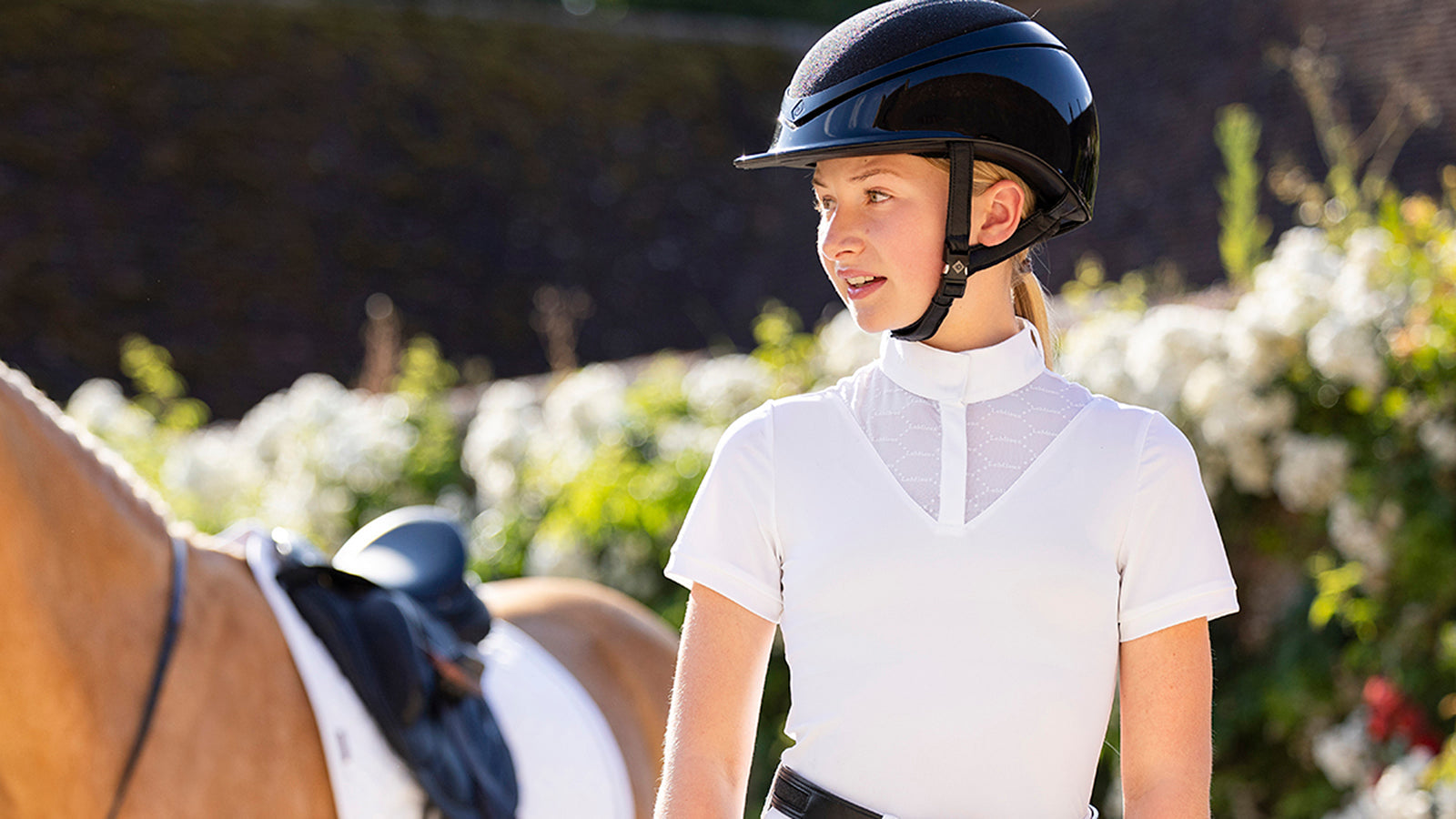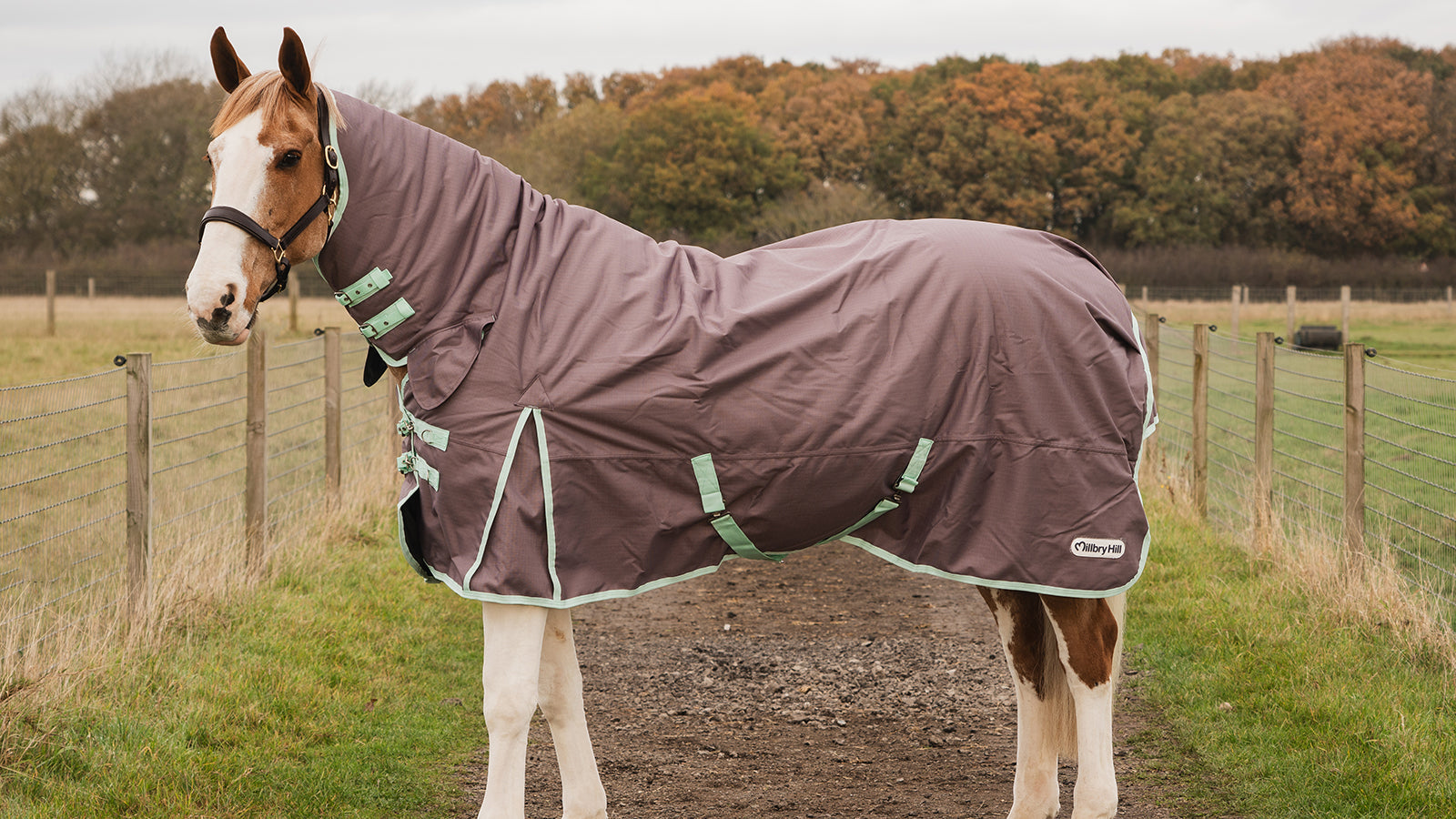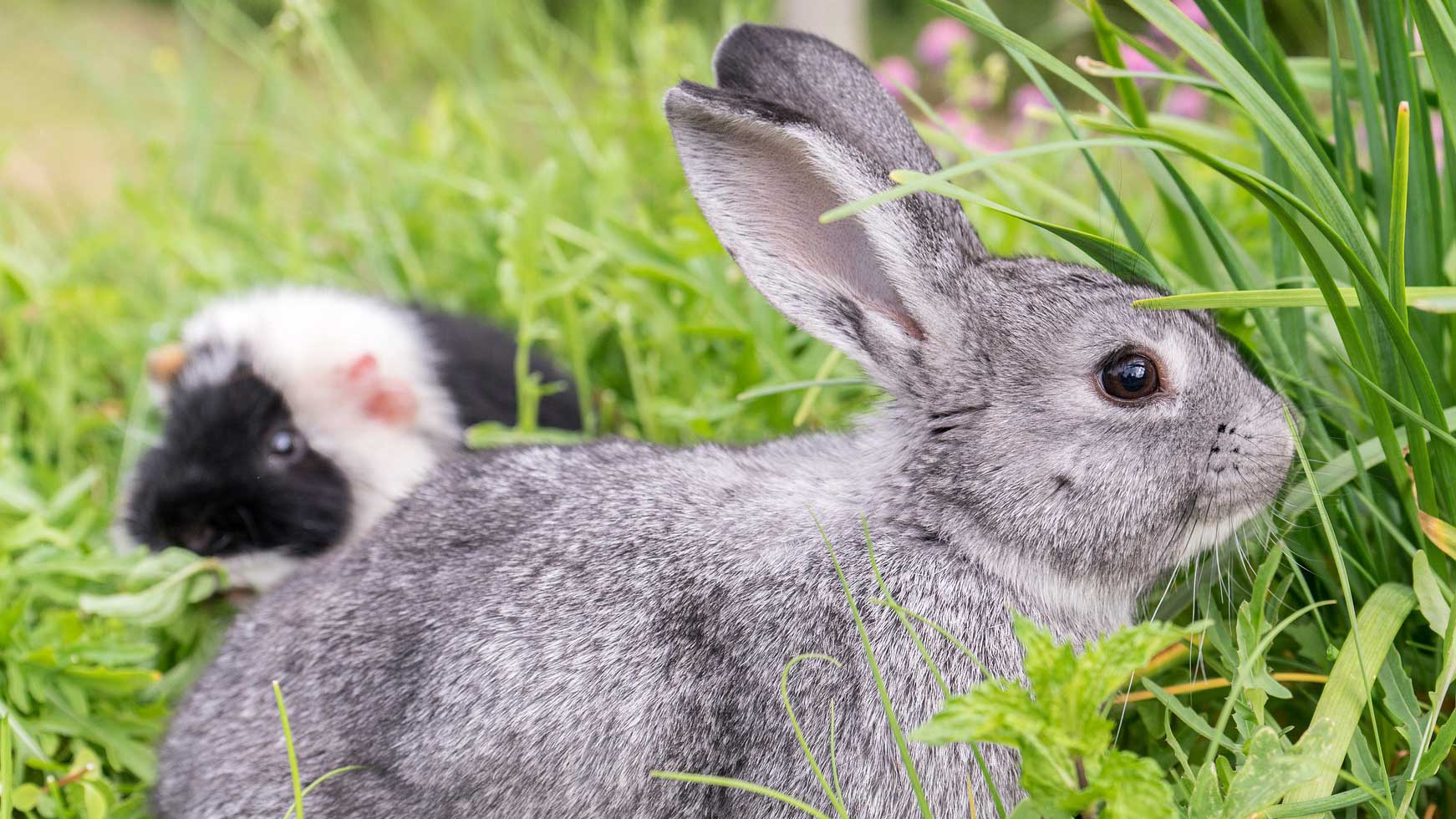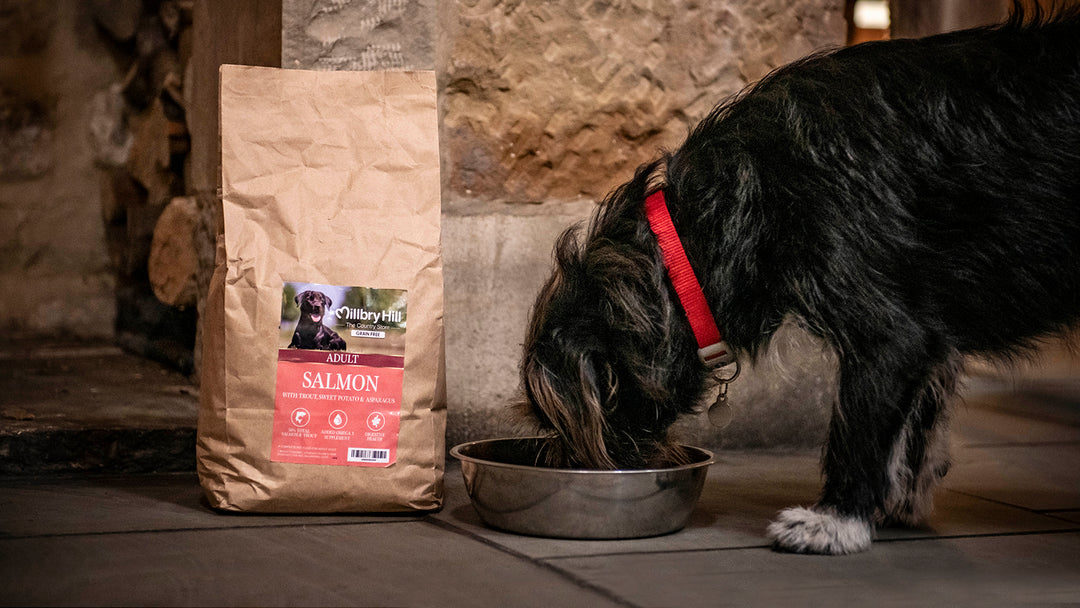Tips for Safer Road Riding

The British Horse Society (BHS) have released their latest figures for road accidents involving horse riders last year. And whilst there is some good news, as the organisation has revealed there were five percent fewer incidents compared to 2016, on average one incident involving riders still happens every day on UK roads.
Horses and riders are one of the most vulnerable groups of road users. As part of their ‘Dead? Or Dead Slow?‘ campaign, the BHS have issued advice to encourage drivers to pass horses safely. However, as riders, there are simple steps we can take to help keep both ourselves and our horses safer on the roads too. One of our Supported Riders, Cara Shardlow, has been working with North Yorkshire Police & the BHS to promote awareness of horse rider safety on the roads. Cara is keen to promote hacking as a key part of her horse’s exercise programmes and feels very strongly about making riding on the roads safer.
Cara says “Hacking is great for fitness and also gives my horses time to relax from their busy schedules.” However, she is aware of the risks that come with it; “Most drivers are considerate and pass wide and slowly, however unfortunately there are still drivers who squeeze past on the narrow lanes and don’t slow down.” She adds, “When I am riding on the roads I wear hi viz clothing so that I can clearly be seen by the drivers. I also make sure that I thank all the drivers as they go past.”
Following some simple steps can help improve safety on the roads, for ourselves, our horses, and other road users. We’ve complied some of our top tips for safer road riding:
Always wear hi-viz!

Even on bright, sunny days you should still wear hi-viz clothing and put hi-viz equipment on your horse when riding out. Research has shown that even in good conditions, the use of hi-vis can enable a motorist to spot you three seconds sooner. When driving at 30mph that is the equivalent to the length of a standard dressage arena!
PC Hannah McPeake from North Yorkshire Police Rural Taskforce says “It is very disappointing that horse riders are still riding on the roads without any hi viz clothing on. There are many different options on the market from inexpensive simple tabards to more expensive jackets. Just remember it doesn’t need to be expensive, fashionable or designer just a suitable standard to be seen. ” Cara, also agrees, “Hi viz clothing is an important part of a riders kit and I would urge everyone to wear it when riding on the roads.”
Avoid riding in poor conditions.
Unless absolutely necessary, you should avoid riding in failing light, fog or darkness. If you must ride or lead your horse out in these conditions, make sure both you and your horse are wearing reflective items and lights as appropriate. A light, showing white to the front and red to the rear, should be worn on the rider’s right arm and/or leg. You should also avoid riding out when conditions under foot are unsafe or unpredictable, such as when it is snowing or icy.
.
Be a considerate road user.
Be a considerate road user.
Show courtesy to drivers – drivers will be then more likely return the favour. Make sure you are familiar with the Highway Code, particularly the section relating to horses. The BHS has a summary on their website, but its a good idea to have your own copy. Make sure you fully concentrate on what is going on around you. Avoid wearing earphones, so you can hear traffic approaching sooner.
Don’t go it alone.
Ride with other more experienced horses and riders if you think your horse will be worried by traffic. Being accompanied by others can also boost your own confidence, helping keep your horse calm too. If you are riding out alone, make sure you tell someone where you are going and what time you are expected back. Some riders like to use hat cameras, such as the UHWK Horse Riding Camera. Like dash-cams in cars, hat cameras are great to record your ride for pleasure. But if the worst should happen, they can provide valuable evidence too.
For riders in the North Yorkshire area, as part of Operation Spartan, North Yorkshire Police are welcoming video footage of any driving behaviour which raises concern. Such footage or incidents can reported via their online driving concern form.










